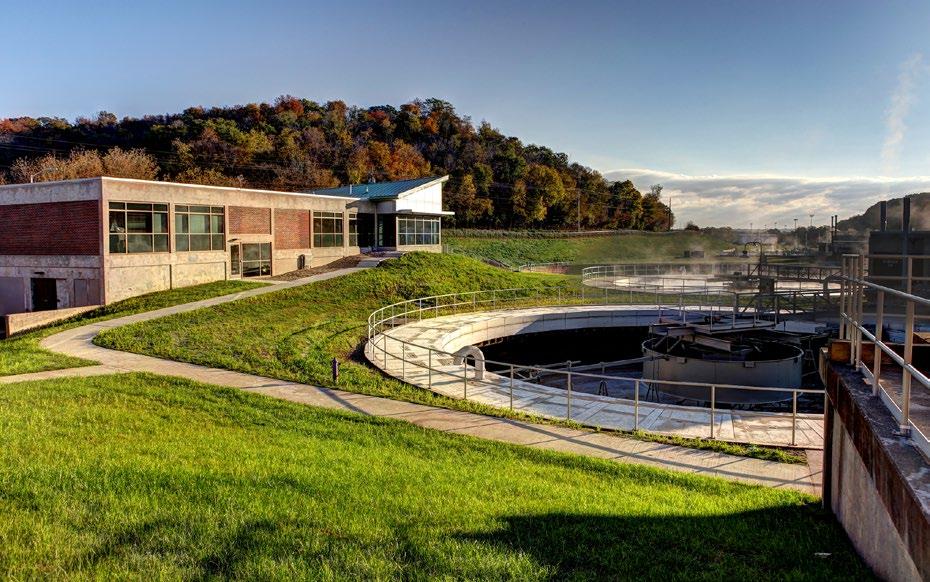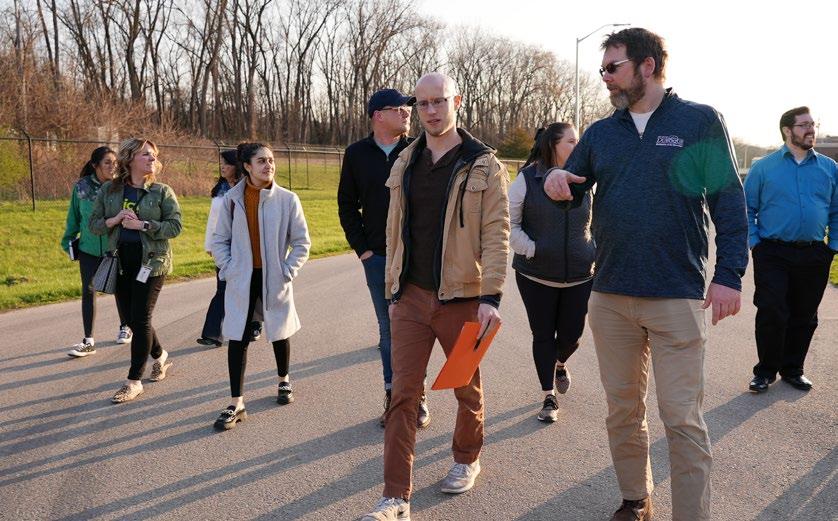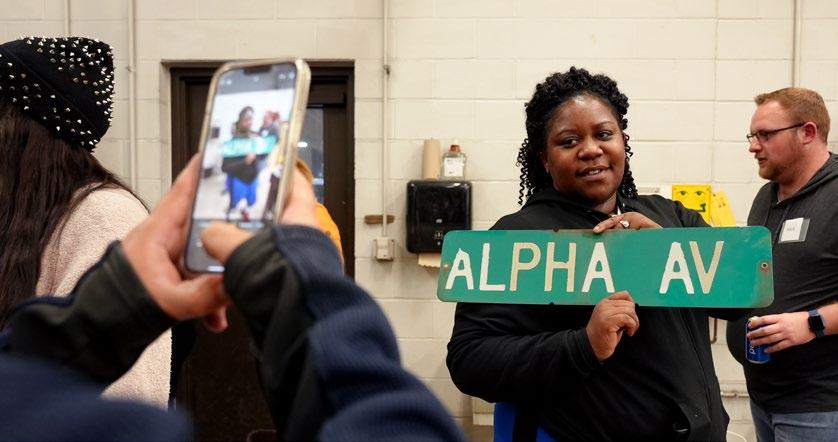
3 minute read
Where Does It All Go?
Most people prefer not to think about what happens to the stuff they flush down the toilet. A “flush it and forget it” mentality is fine, but a lot actually happens when wastewater goes down the drain in Dubuque and ends up at the Water & Resource Recovery Center (WRRC). The facility processes an average of 7 million gallons of wastewater per day. This includes water from toilets, showers, sinks, dishwashers, car washes, and the many businesses and industries that produce wastewater.
A combination of energy efficiency improvements and on-site power production reduce annual electricity consumption by approximately 2,190,000 kilowatt hours per year.
Advertisement
To handle all that wastewater, the WRRC underwent a nearly $70 million facility upgrade that was completed in 2013. At the time, it was the largest capital improvement project in the city’s history. The new treatment system has been in operation for nearly a decade now and is showing major return on investment.
The WRRC converts the energy in waste into readily usable forms using anaerobic digestion. This process produces biogas, which is roughly 70% methane. The biogas is captured, cleaned, and injected into the natural gas distribution system as renewable natural gas. Some of the natural gas is returned to the WRRC where it is used to produce electricity and heat.
RETURN ON INVESTMENT
Water & Resource Recovery Center 795 Julien Dubuque Dr. Dubuque, IA 52003-7996
Electricty Costs (FY2011) $579,205 Electricity Costs (FY2022) $356,782
Annual Electricity Cost Savings $222,423
Fuel Oil Costs (FY2011) $300,000 Fuel Oil Costs After Upgrade $0
Annual Fuel Oil Cost Savings $300,000
Annual Employee Cost Savings $85,000
(due to automation)
TOTAL ANNUAL OPERATING COST SAVINGS $607,423
Making Methane Means More Savings
The WRRC produces more methane than can be used at the facility. The City entered into an agreement with BioResource Development, LLC in 2016 for the co-location of equipment at the WRRC which further processes all biogas produced at the facility. Renewable natural gas is delivered to the Black Hills Energy pipeline, qualifying for payments for environmental attributes due to its use as a renewable fuel. The City also receives lease payments and a portion of gross revenues from the sale of the gas.
Supporting Local Business and Jobs
Thanks to the facility upgrades, the WRRC now has the capacity to process high-strength waste, which contains higher concentrations of chemicals generated through production or manufacturing processes. Local companies like Hormel, Rousselot, Simmons Pet Food, and Western Dubuque Biodiesel can bring their waste products to the WRRC to be processed. This saves local businesses from incurring the transportation costs to other locations for disposal. In fact, Hormel’s cost per gallon for treatment/disposal was reduced by 60%, no longer having to transport their high-strength waste over 90 miles to Madison, Wis., every day. This disposal option makes Dubuque a more attractive location for businesses, plus produces revenue for the City. This fiscal year alone, the revenue generated for the City’s sanitary sewer fund is expected to be $305,000 - a great outcome considering the input.
The Water & Resource Recovery Center currently operates at 70-75% of its average capacity, which means there is considerable capacity to meet future residential and industrial growth. www.cityofdubuque.org If all this newfound knowledge has sparked interest in how our city works, consider attending City Life, Dubuque’s fun, free, and interactive course on local government.


By participating in City Life, you’ll have the opportunity to learn more about City operations and services that make Dubuque a great place to live. Through presentations, tours, and conversations with neighbors, you’ll see taxpayer investments at work and be able to share your thoughts.
Visit www.cityofdubuque.org/citylife for more information!











